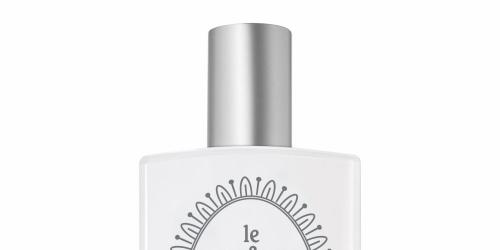Cologne water, its history
Born in 1708 in Cologne, Germany, Eau de Cologne is the first of modern perfumes. A mixture of alcohol and essences highlighted by Jean Marie Farina, but also attributed to another Italian, Giovanni Paolo Feminis, who would have given him the recipe for his Cologne Admirable Water. Inspired by the Admirable Waters with medicinal properties that were used in Italian monasteries since the end of the Middle Ages, it is the first water used for olfactory pleasure and not for its therapeutic properties. Hence its entry in the category of modern perfumes, and its name became a generic term by the force of things.
Cologne, the classics
Among the classics, there are of course the original, the oldest. First, the original Eau de Cologne, still marketed by the heirs of Jean Marie Farina in Cologne. Then the other classic, rival of the house Farina, Eau de Cologne 4711, one of Germany's best known perfumes. Finally, there is the French version, Imperial Water, imagined in 1853 by Guerlain for the Empress Eugenie, wife of Napoleon III. Eau de Cologne for which Pierre-François-Pascal Guerlain created the famous bottle with the bee, also emblem of the French house.
Cologne, modern reinterpretations
Then come the versions of Roger & Gallet, from Acqua Di Parma, then their little contemporary sisters at Hermes, Chanel and Dior, who open the ball of modern reinterpretations. Latest news: Eau de Rhubarbe Scarlet and Néroli Doré d'Hermès, launched in early 2016. Fresh waters revisit these two ingredients. And the launch of the Colognes of Astier de Villate this spring ... Declined in 7 fragrances: Eau de Cologne, Eau Chic, Elixir of Doctor Flair, Water Fugace, Grand Chalet, Commune of Paris and Splash Orange Bitter.
Perfumed and mythical recipes to find here.


